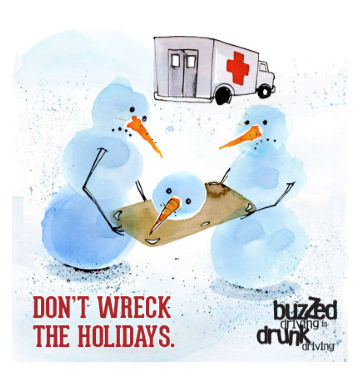Evaluation of Responsible Beverage Service to Reduce Impaired Driving
Despite progress in reducing impaired driving, drivers 21 to 34 years old remain a particularly high-risk group for involvement in impaired-driving-related crashes. In 2014, 21-to 34-year-olds accounted for 42 percent of the impaired drivers (i.e., those with a blood alcohol concentration [BAC] of .08 grams per deciliter [g/dL] or greater) of all ages in fatal […]
